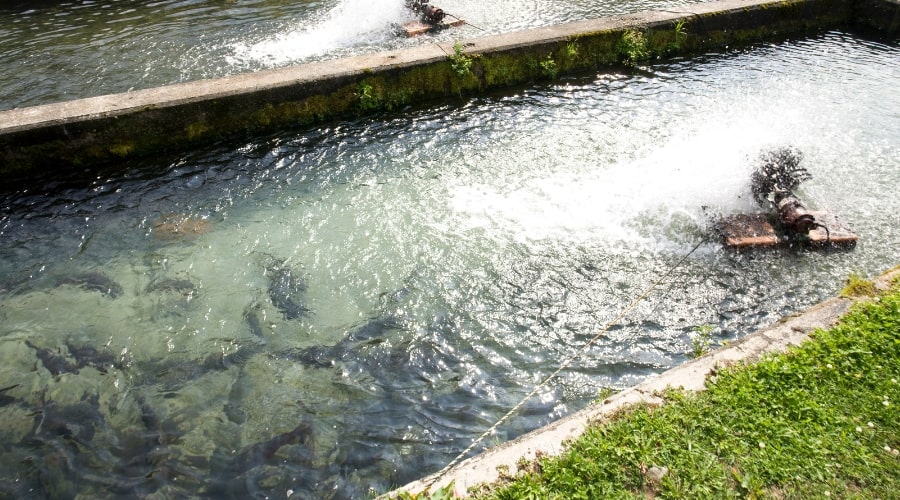Selecting the right fish species is one of the most critical decisions for your fish farming success. Each species has unique requirements and characteristics. Here, we break down the pros and cons of common options like tilapia, catfish, and trout to help you make an informed choice.
Tilapia
Tilapia is a popular choice among beginners and experienced farmers due to its resilience and fast growth. It thrives in warm, freshwater environments and is well-suited for intensive farming.
Pros:
- Grows quickly, reaching market size in 6-8 months [TO BE VERIFIED].
- Tolerates a wide range of water conditions, including low oxygen levels.
- High market demand due to mild flavor and versatility.
- Easy to breed, reducing costs for fingerlings.
Cons:
- Requires warm water (77-86°F) to thrive, limiting its suitability in colder regions.
- Overbreeding can lead to overcrowding and competition for resources.
- Susceptible to disease if water quality is poor.
Best for: Farmers in warm climates or those using heated or indoor systems.
Catfish
Catfish is another popular species, known for its adaptability and high tolerance to different environments. It’s ideal for farmers with limited resources or beginners.
Pros:
- Tolerates a wide range of water quality conditions, including low oxygen levels.
- Strong market demand in regions where catfish is a dietary staple.
- Resistant to many common fish diseases, reducing maintenance requirements.
- Thrives in high-density farming setups, maximizing yields.
Cons:
- Slow growth compared to tilapia, taking 9-12 months to reach market size [TO BE VERIFIED].
- Requires specific feed for optimal growth, increasing costs.
- Carnivorous diet can raise ethical or sustainability concerns.
Best for: Farmers in areas with established catfish markets or those looking for low-maintenance options.
Trout
Trout is a cold-water species preferred by farmers in cooler climates. It has a strong market appeal due to its flavor and nutritional value.
Pros:
- High market value, especially in gourmet and health-conscious segments.
- Grows quickly in cold, clean water environments.
- Provides a premium product with high nutritional benefits.
Cons:
- Requires consistent cold water (50-60°F), which can be challenging to maintain in warmer regions.
- Highly sensitive to water quality, needing constant monitoring.
- More susceptible to diseases compared to tilapia or catfish.
Best for: Farmers in cooler climates or those with access to natural spring water.
Comparing the Options
Choosing between tilapia, catfish, and trout depends on your location, resources, and market needs. Each species offers unique advantages and challenges, so evaluate the following:
- Climate: Match your species to the natural temperature of your region or consider heating/cooling systems.
- Market demand: Research local preferences to determine which fish sells best.
- Water availability: Ensure you have the right quality and quantity of water for your chosen species.
Other Considerations
- Regulations: Check local rules regarding farming specific species, especially non-native ones.
- Sustainability: Consider the environmental impact of farming carnivorous fish like trout and catfish.
- Scaling: Start small to test your chosen species before committing to large-scale production.
By aligning your choice with your environment and goals, you set a strong foundation for success in fish farming. Stay flexible and open to adapting your approach as you gain experience.


